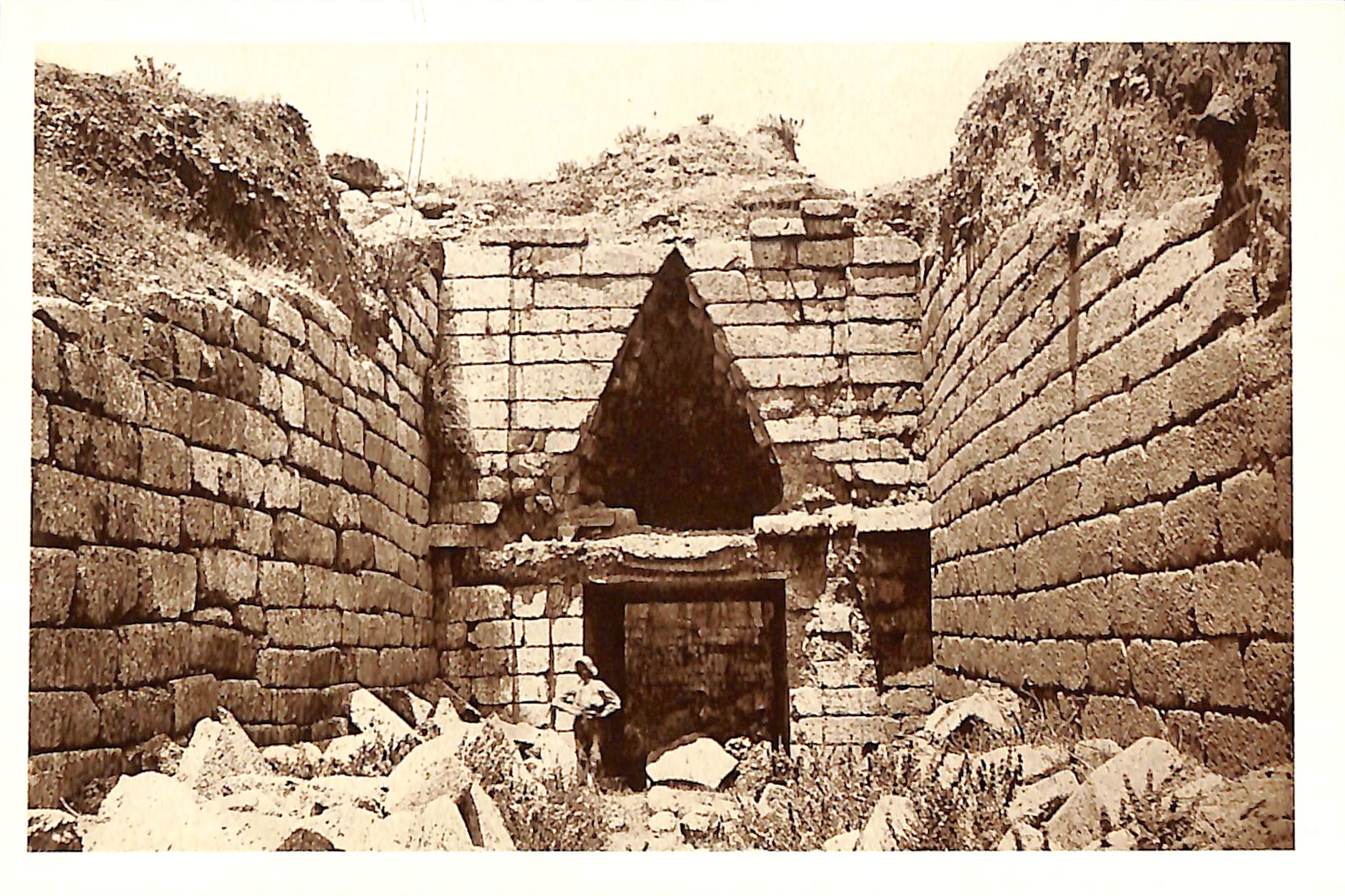
4/28/2025 4:43:39 PM
The dome-shaped ''Tomb of Atreus'' in Mycenae
The so-called dome-shaped "Tomb of Atreus" is located on the western slope of the ridge of Panagitsa and southwest of the acropolis of Mycenae. It is one of the largest Mycenaean vaulted tombs and the most impressive of the nine tombs that have been found in Mycenae. It dates between 1350 and 1250 BC and is considered one of the most complete examples of the type. It is most likely that it was used for the burial of an important figure in the Mycenaean community. It became internationally known as the 'Treasure or Tomb of Atreus' or 'Tomb of Agamemnon' by the German amateur archaeologist Heinrich Schliemann, although it is not related to Atreus or Agamemnon, the mythical kings of Mycenae in Homer's works. Since 1998, conservation work on the monument has been in progress within the framework of the project "Conservation-Correction-Display of the Monuments of the Acropolis of Mycenae and the wider surrounding area", which was initially undertaken by the Working Group for the Conservation of the Monuments of Epidaurus and from 1999 onwards by the Mycenae Commission, set up by the Ministry of Culture. From 1999 until today the tomb is also a UNESCO heritage site, together with the other monuments of the archaeological sites of Mycenae and Tiryns. Pictured: The entrance to the so-called dome-shaped "Tomb of Atreus" in Mycenae in 1890. ©Municipal Photography Museum of Kalamaria ‘Christos Kalemkeris’.

